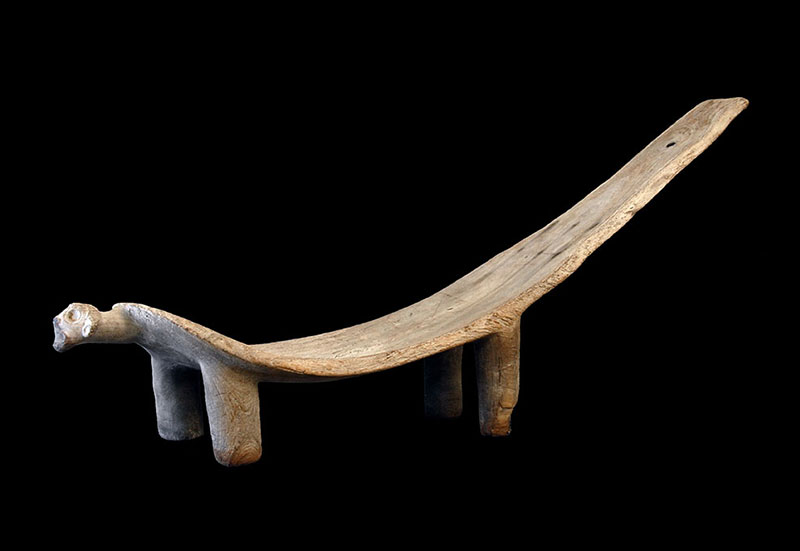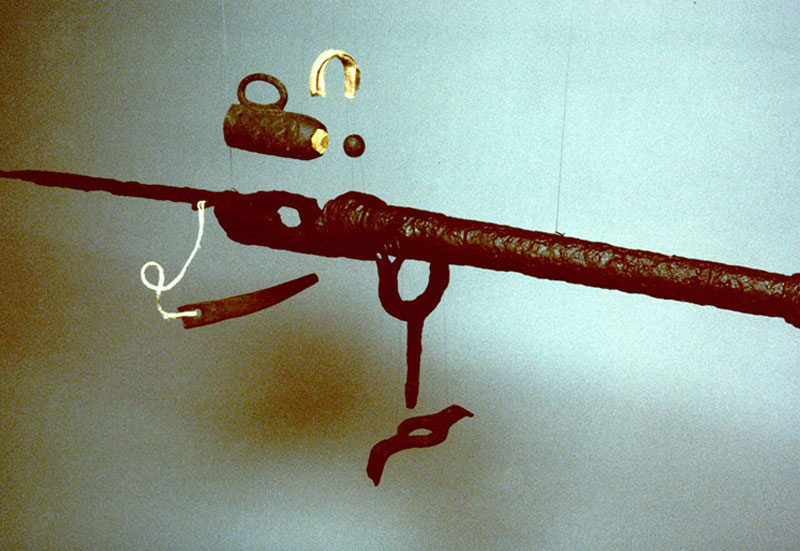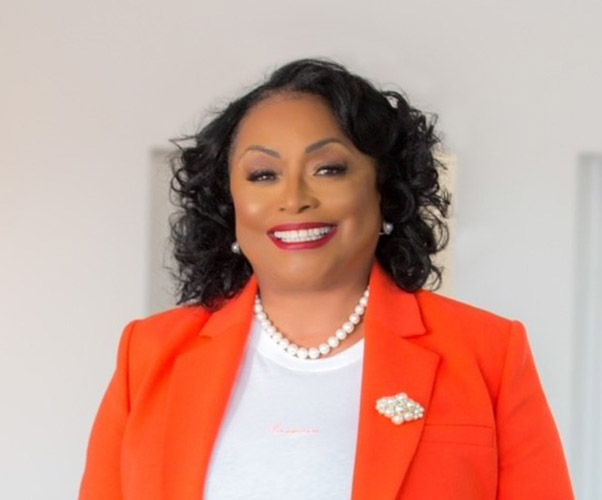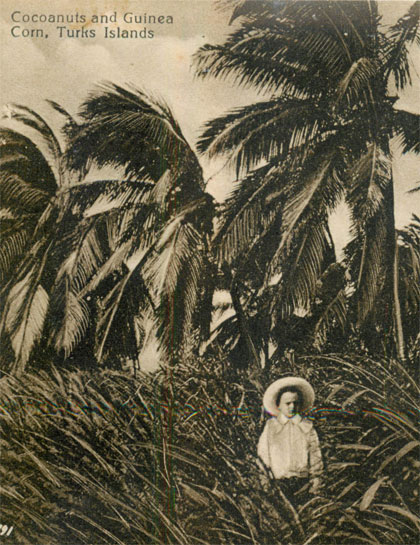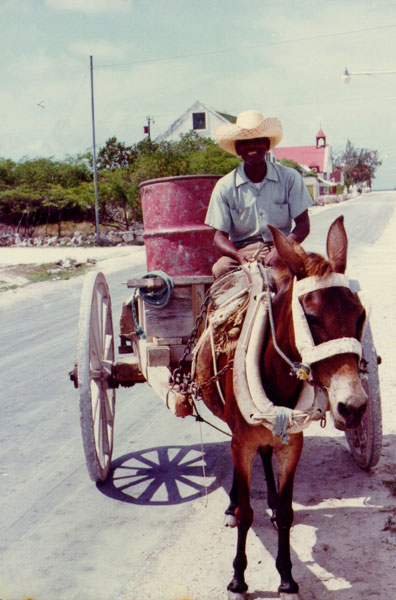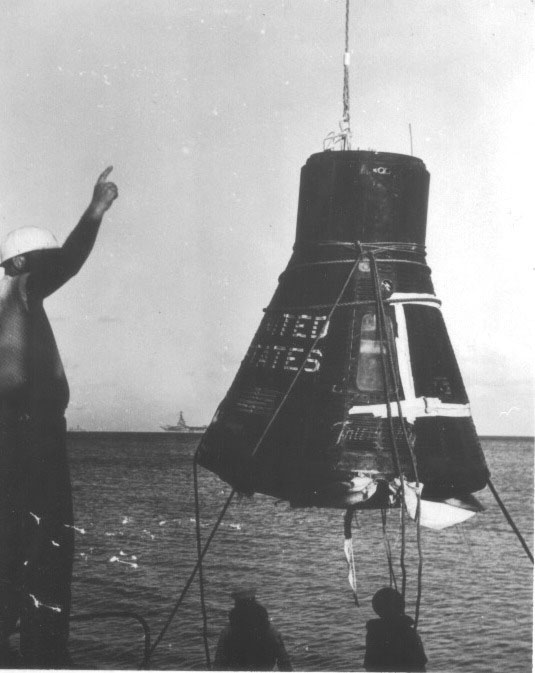Qwest for Freedom
There seems to have always been a fear of slaves escaping and this is clearly shown by an entry in the 1767 regulations that stated:
“Sailing boats left with the sails, in the night time, the owners to pay for any Negro or servant that may run away with the said boat or boats, provided the boats sails, were taken out by the owner, in that case, the master of the servant or slave to make good all damages”.
It was probably for this reason why the Kings Agent Symmer showed concerns about the ratio between White and Black residents: the fewer white residents the easier it would be for slaves to escape. Early regulations stated “no Black Person or Molatto allowed to settle on Turks Islands as free people unless it can be proved by sufficient evidence that such Blacks or Molattos were born free” and that the maximum number of slaves per master was to be three, later increased to six. Slaves were not allowed to work the ponds without supervision whilst the masters would lose their rights over the ponds for that year if they were absent.
The “Royal Regulations”, accepted in 1781, included that no slave was allowed to work for themselves in any other ponds or pans than those of his owner and that no person was allowed a share for any slave after the latter had been absent for more than forty-eight hours from the islands, an attempt to encourage owners to stop slaves running away.
Most of the slaves would have been unhappy with their situation. Some would have considered escaping and in 1767 there are records of two slaves hiding out on a Spanish ship as they fled from the Turks Islands. The French claim that had found them adrift at sea:
“Sir, This day I had the honour to receive a Letter form you dated the 11th Instant, in which you claim the delivery of two Negros, who I have secured in Prison, they were brought here by a French Captain, who put into this Bazy for Necessaries, and having notice that he had the said two Negros on board, not stole, but which he met at Sea in a Boat without Provisions and ready to perish, he took them on board, from whence I had them delivered, in order to acquaint you of the matter the first opportunity. But at the same time in obedience to my General’s Orders, I have acquainted him thereof, for which reason the Bearer cannot deliver the said two Negroes, till I receive an Order form my General how to proceed, as soon as I do I will deliver them to whom you may appoint, or send them by Dn.Manuel d’Acosta a Spaniard, who has asked my leave to go for Salt, and who will readily take charge of the said Negros. I shall be glad of opportunities of serving you in this City, where I remain at your Command and pray to God to preserve you many Years. Montpxto 13th October 1767. I kiss your hands and am your assured Servant Pedri Ziron”
The slaves were returned but their fate is not recorded. But there is an interesting twist for in 1770 there are claims that Spanish and French ships stopping to collect salt were carrying off and stealing slaves:
Mr. Speaker, & Gentlemen of the Lower House of Assembly.
I must desire to be informed whether your House will agree to amend such laws as are necessary, so that they may be properly put in force throughout the Bahama Islands, This measure at least I think it is highly expedient to adopt, in order to protect and secure the property of His Majesty’s Subjects at Turks Island, and those that resort there for purpose of collecting salt, particularly in the instance of obliging Masters of Vessels to enter into the country bond there, for want of which power, great complaints are caused from thence, that their slaves are daily carried off and stolen by trading vessels, that visit those Islands. Government House, 25 Jany: 1770 Thos, Shirley
This would suggest that the slaves were not willing partners in this.
In 1770 Symmer wrote to Earl of Hillsborough:
My Lord, Sundry Negro’s having made their Escapes from these Islands, to the adjacent French & Spanish Settlements on the neighbouring Island of St, Domingo, I was extremely alarmed at the probability of the fatal consequences which would attend this young settlement if a stop was not put to the asylum which those slaves received in St. Domingo.
I accordingly repeatedly wrote to the French and Spanish Governors of the Northern Departments of that Island, and in the most forcible manner, after acquainting them, with the Justice, which hath always been shown to the French and Spanish Colonists, who repair hither for Salt, I took the Liberty to add, That I should represent the Affair to his Majesty’s Ministers, which might induce his Majesty to stop the Indulgence which he had hitherto granted, to the French and Spanish Subjects, Loading Salt at Turks Islands.
With the consent of the Owners, I accepted Three Hundred Dollars, for the Two Negroes in the Possession of the Spanish Government, with regard to those in the French Department, the Negroes were delivered up to my Orders by the Count de Choiseul, and are since arrived here which will put a stop to such Desertions for the future.
As hitherto the Governors of Jamaica and New Providence have never been able to prevail with the French and the Spanish Governors, to restore such runaway Slaves as have escaped to St. Domingo or Cuba, I have inclosed the Original Letters which was wrote me on the occasion, and which maybe made use of as a precedent on future occasions. At the same time I must do the French and Spanish Governors the Justice to declare, They have behaved with the greatest Friendship to his Majesty’s Subjects settled here, by supplying them with Greens and Fresh Meat, as often as a requisition has been made for that purpose’ I have the honour to be My Lord, Your Lordships most Obedient humble Servant.
To put the period into context we must look at what was happening in the area from the 1790s. The Haitian revolution, began in 1791, eventually saw the setting up of a free state for ex slaves. Many slaves in the West Indies looked towards Haiti for freedom and those that could, made their way there. In the Turks and Caicos Islands slave uprisings were not as vicious or as concerted as elsewhere in the West Indies. Slave rebellion in the Turks and Caicos seems to have been one of individual defiance, refusal to work, feigning illness, laziness at work or running away rather than true uprisings.
Slave misery was compounded by overwork, lack of food, mistreatment and objections to be sold or transferred to a new site or slave owner and it was usually as the result of these that slave discontentment was raised. It appears desertion by slaves at the end of the 18th century caused only a minor inconvenience. By the beginning of the 19th century the situation worsened, but not to the degree of elsewhere in the West Indies.
The slave revolt in Haiti led to the following letter sent on 27th January, 1798 the King’s Agent, Colonel Murray:
“Until the introduction of French Negroes among the Bermudian slaves, it is a fact notorious, that their attachment to their owners and native soil was such that no hardships would ever induce them to sacrifice their interest of the one nor abandon the other. Of late many valuable Negroes allured by the description given them of French liberty by their associates, have eloped to the enemy. One man, James Deane of Salt Cay, has lost no less than fifteen. Of the several plans to escape with boats to Cape Francois, we have found no instance where the French Negroes were not the principals or parties”
In 1821 Grand Turk salt proprietors were alarmed that many slaves had fled in salt lighters to freedom in Haiti. Prominent slave owners complained to Daniel Bascombe, Acting King’s Agent. He dispatched Joseph Frith with a letter to President Boyer and a letter was sent to the Admiralty at Port au Prince. The frigate H.M.S. Tamar was dispatched to Haiti to request the return of slaves, but under Haitian law the slaves were now free and would not be returned.
Slaves continued to flee. In 1823 John Lightbourne’s slaves escaped from their barracks at Hawkes Nest and sailed to Haiti. At the same time several hundred slaves escaped from North Caicos to Haiti using sloops owned by Wade Stubbs. A further exodus occurred in the schooner Polly, stolen from Henshall Stubbs at South Caicos. In 1833, salt proprietors became alarmed by local slave disturbances and the Bahamas Governor stationed detachment of the West Indies Regiment at Grand Turk to ensure law and order.
The Slave records of 1822-1834 clearly show that slaves were escaping. Saunders (1985, p82) states that between 1822 and 1825 of the 142 slaves listed as runaways in the Bahamas, 128 (90%) had absconded from the Turks Islands. She claims that this high number was because the Turks Islands salt rakers employed gangs of slaves and therefore slaves lived in larger groups and would be more likely to conspire to escape. Also the proximity of Santo Domingo and Haiti would have played a part as well as the fact that the numbers of slaves with access to ships would be higher (salt was being exported in vast amounts). Saunders also recorded that two escaping slaves even reached Liverpool, England.
The risk of desertion by the slaves and the theft of boats encouraged Henshall Stubbs to furnish one of his own boats to carry out coastguard duties to deter the slaves. This lasted from April 1832 to March 1834 and, in 1835 the Government for carrying out this work compensated him.



